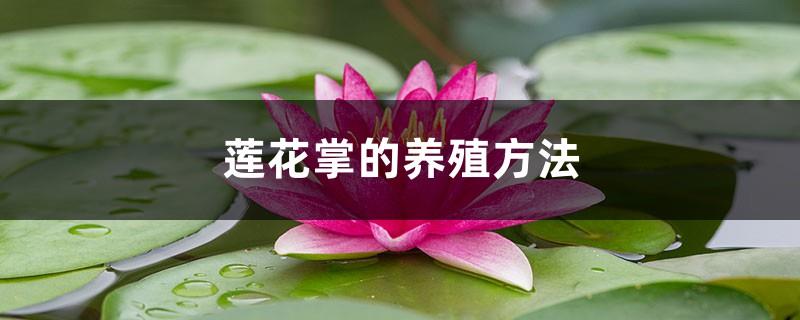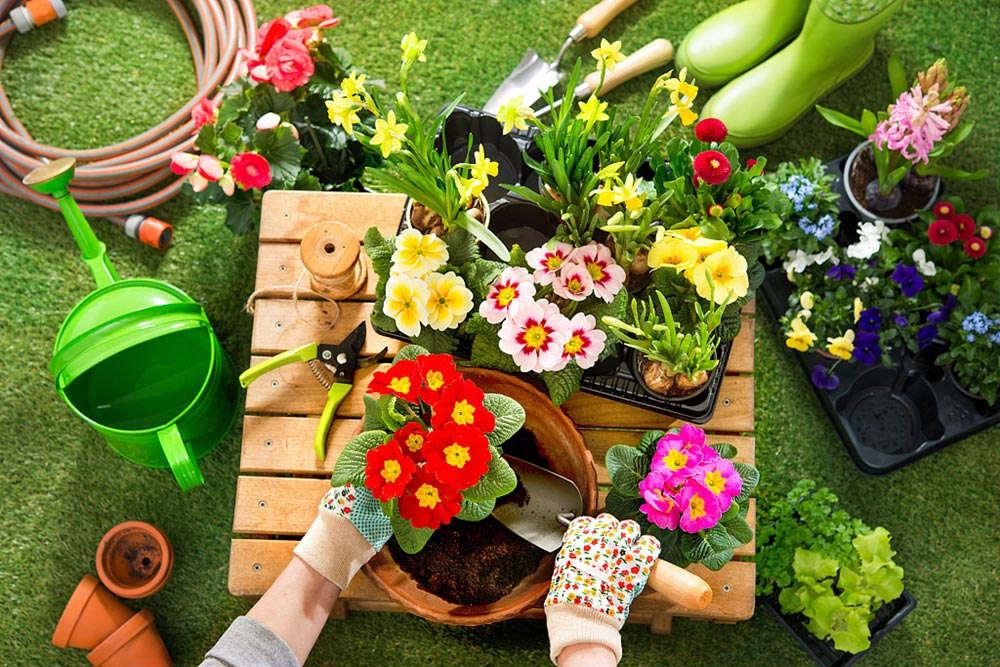How to grow lotus palms
Last Update :2024.12.11
Article Catalog
3. Problem diagnosis and treatment
Substrate: Choose loose, fertile, sandy loam with good drainage and air permeability, and add an appropriate amount of bone meal as base fertilizer. Light: It prefers light. Except for proper shade in summer, it should be given sufficient light in other seasons. Moisture: It is relatively drought-tolerant. When the pot soil is dry, it can be irrigated thoroughly. Temperature: It is more suitable to grow in an environment of 18℃-28℃.

2. Breeding skills
1. Maintenance method
1. Substrate selection: Loose and fertile sandy loam soil with good drainage and air permeability is suitable. You can choose to mix two parts of river sand, three parts of leaf mold soil, one part of peat soil, and one part of cinders, and add a small amount of bone meal as a base fertilizer.

2. Light management: It likes a well-lit environment. The leaves can be brightly colored and emerald green, and the plant shape can be compact. If cultivated in a cool environment for a long time, it will easily lead to sparse leaves, dull leaf color, and leggy plants. Except for shading measures in summer, sufficient sunlight should be given in the other three seasons.

3. Water management: It has relatively strong drought tolerance , it is not advisable to water too much in all seasons, as it can easily cause the stems and leaves of the plant to become elongated, and the plant shape will be loose, which will affect the appearance. When the soil in the pot is dry, water it once. Watering needs to be thorough. Pay attention to avoid rain and water accumulation in summer, and watering needs to be controlled in winter to avoid root rot.

4. Temperature management: It is between 18℃-28℃ It grows well under temperature conditions. Note that the room temperature needs to be kept above 8°C in winter.

2. Breeding skills
1 1. Propagation method: Its propagation is relatively easy, and cutting method is the main method. The survival rate of cuttings is as high as 95%. It can be done in spring or autumn. Use sterilized equipment to remove the side branches with leaf clusters on the top, cut off the lower leaves, dry the cuttings slightly, and then insert them into moist sandy soil. It takes about two seconds. It takes ten days to take root. When the root is two to three centimeters long, it is potted. Pay attention to the humidity of the substrate used for cuttings not being too high, otherwise it will easily cause the cutting edge to turn yellow or even rot.

2. Repotting method: It is usually repotted in Do it in spring or autumn, and repot it once a year. When changing pots, you should cut off rotten roots and shorten old roots that are too long to promote the growth of new roots.

3. Problem diagnosis and treatment
1 2. Root rot: It is more afraid of waterlogging. It is necessary to avoid excessive accumulation of water in the pot. In winter when the temperature is low, watering should be reduced, otherwise it will easily lead to root rot.

2. Pests: Possible pests include root knots Nematodes and black weevils should be sprayed with insecticides as soon as they are discovered. Insect pests mostly occur in high temperature and humid environments, so appropriate ventilation and cooling measures should be taken at ordinary times for comprehensive prevention and control.

4. Other questions
1 . Placement: It has a small plant size and beautiful leaf shape and color. The potted plant can be placed on a desk, coffee table or dining table, or placed next to a computer or TV to absorb radiation.

2. Toxicity: It is not toxic and can be used as medicine. Sweet and cool, it is an excellent pot medicine.
How to raise bird's tongue orchid

It is a plant native to the southern and southeastern regions of my country and is...
Orchid varieties

There are many varieties of orchids. According to incomplete statistics, there are...
